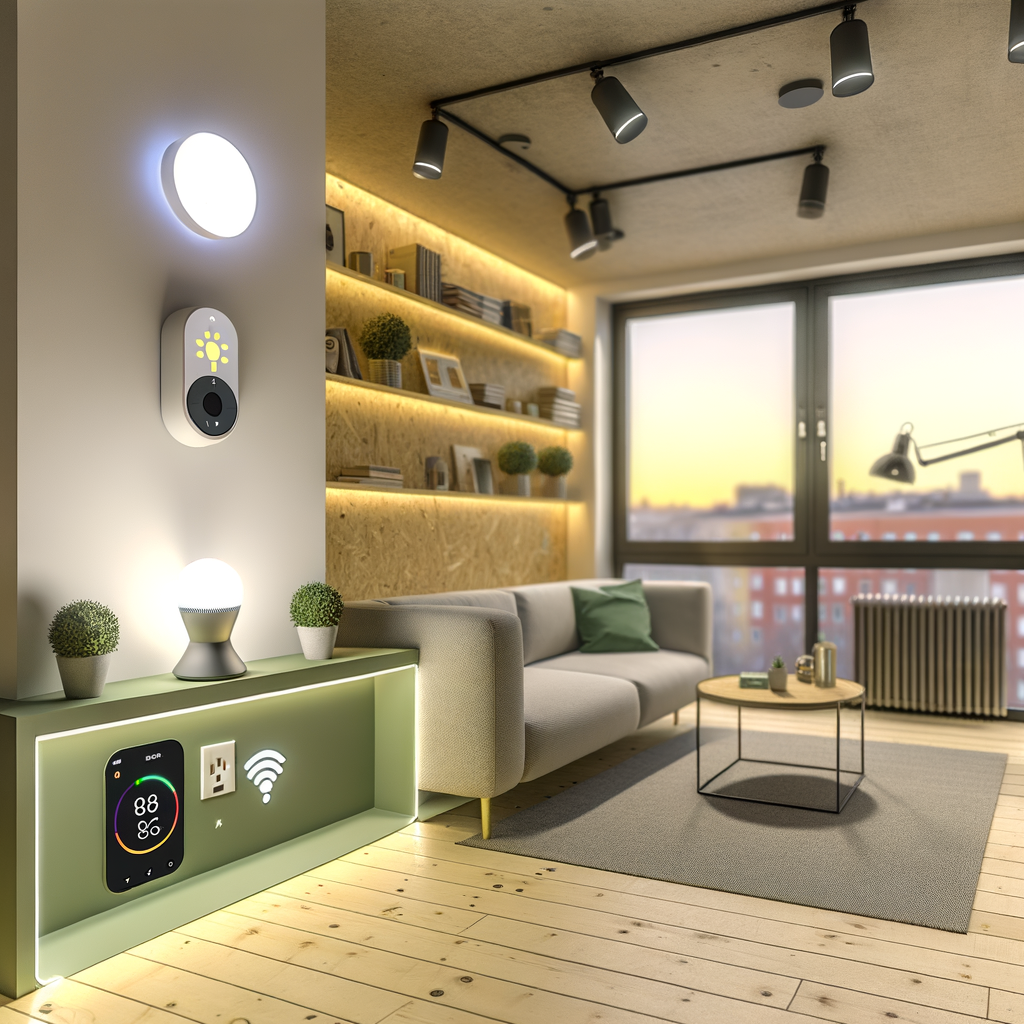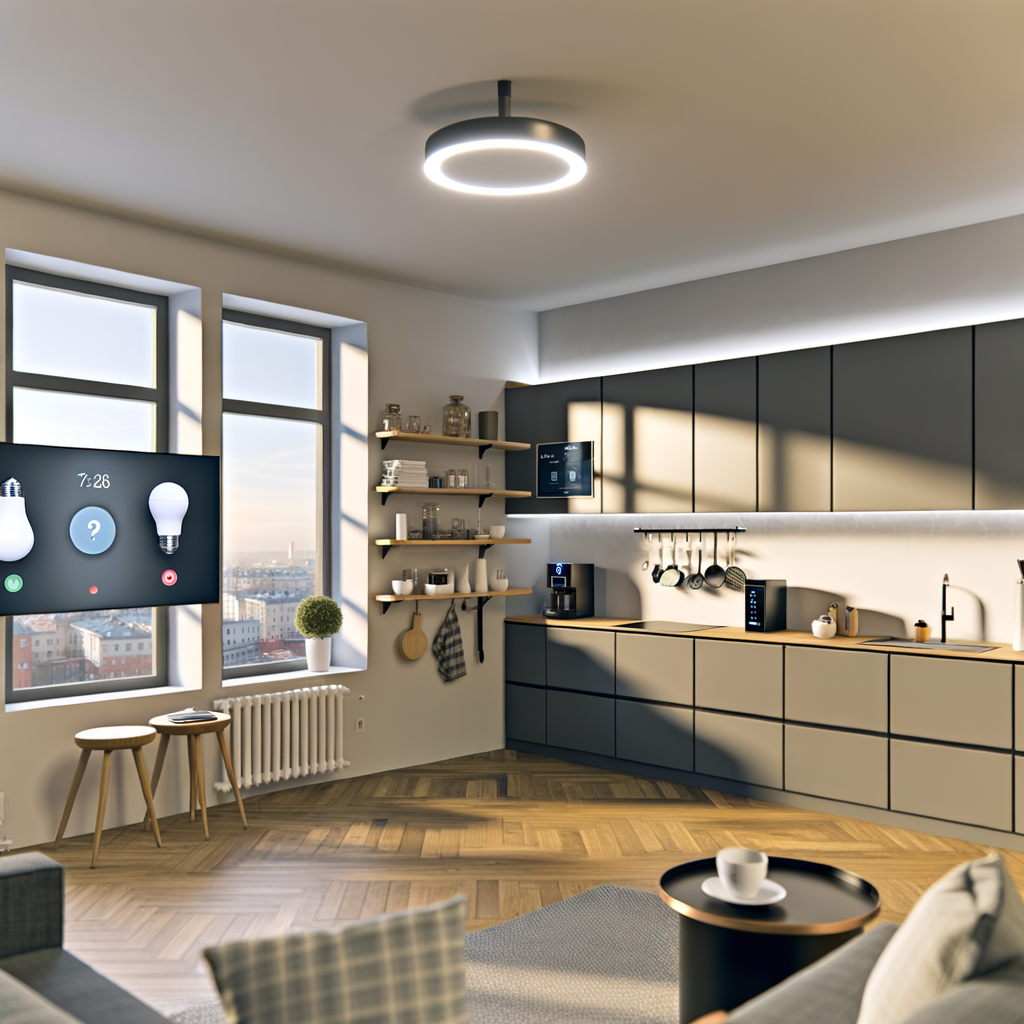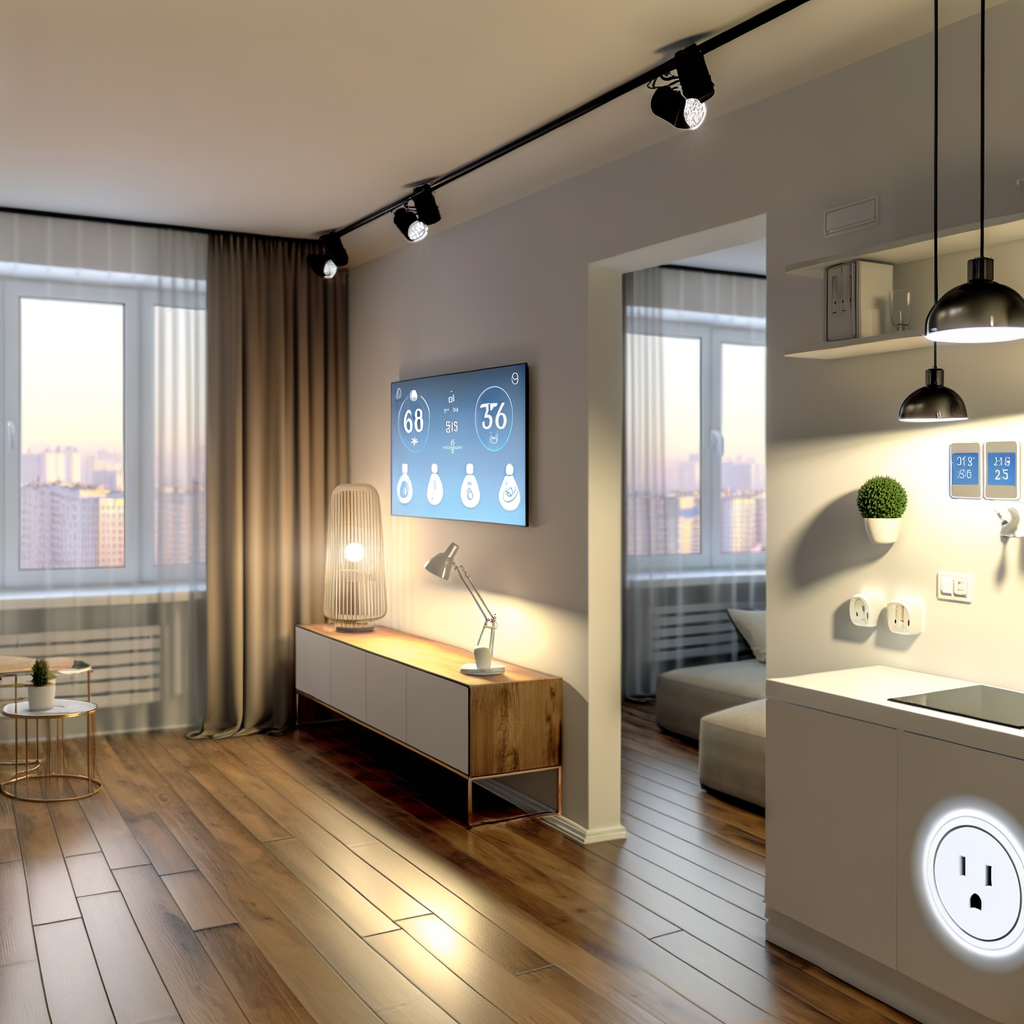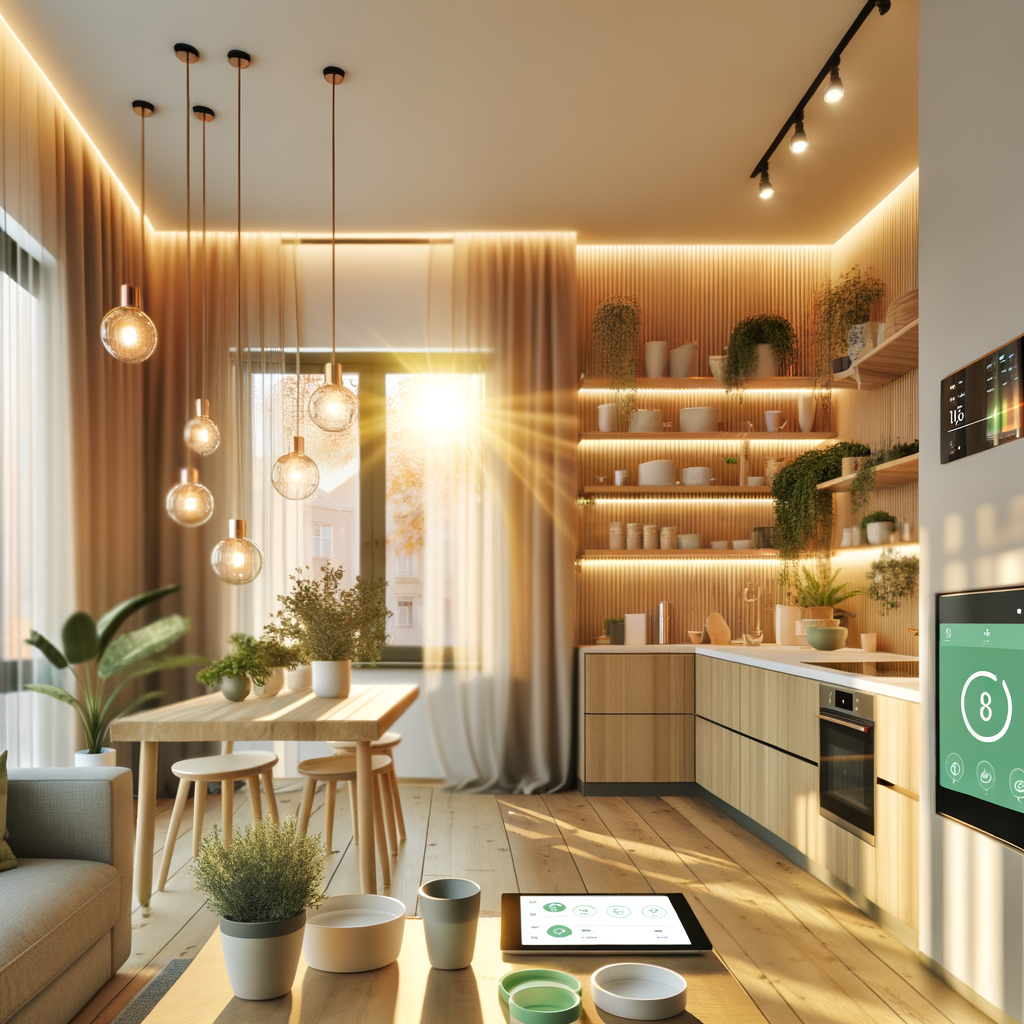Myth-Busting Smart Homes: 7 Misconceptions Renters Have About Energy-Saving Tech
Thinking about transforming your rental into a smart home? If you’ve heard that smart tech is expensive, hard to install, and only for homeowners, you’re not alone. But the truth might surprise you! Whether you want to save on your utility bills, make eco-friendly choices, or simply enjoy more convenience, energy-saving smart home tech is more accessible than you might think—especially for renters. Let’s debunk the top 7 myths:
1. “Smart Home Tech is Only for Homeowners.”
This is a persistent myth. Many renters assume that because they don’t own their property, they can’t make use of smart devices or energy-saving tech. But the smart home revolution is designed for everyone—including renters! Here’s how:
- Most smart devices are non-invasive: Smart bulbs, smart plugs, and wireless thermostats can be installed without permanent changes.
- No rewiring required: Many products are plug-and-play. No need for complex installation or drilling into walls.
- Easy to uninstall: When you move, you can simply take your smart devices with you.
Actionable Advice: Before purchasing, check with your landlord or property manager about what’s allowed. Most are fine with plug-in devices or bulbs as long as you don’t alter wiring or infrastructure. Always keep any original fixtures you swap out so you can revert them upon move-out.
2. “Smart Home Devices are Too Expensive.”
Early smart home tech was costly, but prices have fallen dramatically. Today, many devices cost less than $50 and pay for themselves in energy savings. Plus, you don’t need a full suite all at once.
- Smart plugs and bulbs: Prices start as low as $10-20 per device.
- Energy-saving smart thermostats: Look for simple, renter-friendly models that don’t require hardwiring.
- Utility company rebates: Many energy providers offer rebates for installing smart devices!
Actionable Advice: Start small—swap your most-used lamp for a smart bulb or add a smart power strip. Track your energy usage and savings using built-in apps or utility statements. Expand your setup gradually as your budget allows.
3. “Smart Devices Are Too Complicated to Set Up.”
Tech anxiety is common, but most smart home devices are designed for simple, step-by-step setup. You don’t need to be an IT expert.
- App-guided installation: Most products offer easy-to-follow smartphone apps.
- No technical expertise required: The average renter can set up things like smart plugs, light bulbs, or window sensors in minutes.
- Lots of online support: YouTube, Reddit, and manufacturer websites are full of helpful guides.
Actionable Advice: Choose devices with high ratings for ease-of-use. Read a few user reviews or unboxing videos before purchasing to get a feel for installation steps. Most smart devices also have excellent customer support should you run into any roadblocks.
4. “Smart Tech Won’t Make a Big Difference for Renters.”
Many renters think their energy bills are fixed or that saving energy means living uncomfortably. But even a single smart device can deliver measurable savings and comfort improvements.
- Smart thermostats: Lower heat or AC use when you’re away or at night. Many claim up to 10-12% savings on heating and 15% on cooling.
- Smart bulbs: Schedule or automate lights to eliminate waste from bulbs left on.
- Smart plugs: Kill power to “vampire” devices—appliances that use electricity even when “off.”
Actionable Advice: Start by tracking your baseline energy use. Many smart plugs and apps will show you your consumption data over time. Look for patterns and adjust device schedules. Even minor changes, like automating “lights off” when you leave, add up on your utility bill.
5. “Installing Smart Tech Will Violate My Lease.”
It’s smart to review your lease before making changes, but most portable, plug-in smart devices are fully lease-friendly. The real issues arise if you want to swap out hardwired fixtures (like light switches, thermostats, or door locks).
- Plug-in devices: Almost always allowed, since they don’t alter your apartment physically.
- Smart bulbs and smart plugs: These don’t change wiring and are easily removable.
- Peel-and-stick sensors: Great for windows and doors; most use removable adhesive.
Actionable Advice: If you want to install a more permanent device (like a thermostat), ask your landlord in writing. Offer to have a professional do the work and promise to restore the original hardware on move-out. For everything else, stick to wireless, no-drill options.
6. “Smart Home Devices Keep Spying on Me.”
Concerns about privacy and data security are valid. Not all smart devices have cameras or microphones, and many can be used safely without compromising your privacy.
- Choose ‘camera-free’ devices: Most energy-saving tech—like smart plugs, thermostats, or bulbs—has no camera or mic.
- Review privacy settings: Many devices allow you to limit or disable data sharing in their app settings.
- Look for brands with strong privacy policies: Research reviews and privacy statements before buying.
Actionable Advice: Only connect smart devices to your secured, password-protected WiFi. Regularly check for firmware updates to patch any security vulnerabilities. If privacy is a top concern, opt for devices that don’t require cloud accounts or voice assistants.
7. “You Need a Smart Speaker or Hub for Everything to Work.”
The idea that you must have an Amazon Echo, Google Home, or Apple HomePod for anything “smart” is outdated. While these hubs add convenience, most energy-saving devices can function independently using your smartphone.
- Direct control via mobile app: Most smart bulbs, plugs, and thermostats work through a standalone app.
- Optional hub integration: Hubs are great if you want voice control or to automate several devices together, but not required for basic scheduling or monitoring.
- Bluetooth options: Some plugs and bulbs connect via Bluetooth, skipping WiFi entirely.
Actionable Advice: When shopping for smart devices, look for the words “works without a hub” or “standalone app.” This allows you to build your smart home at your own pace, without upfront investment in a voice assistant or hub.
How Renters Can Get Started with Smart, Energy-Saving Tech
Ready to jump into smart home energy savings but want to keep things renter-friendly? Here’s a quick roadmap:
- Start small, think big: Try out one or two devices to see real-world results on your energy bills.
- Choose plug-and-play: Look for wireless, plug-in, or adhesive devices that don’t require rewiring or permanent installation.
- Track your results: Use built-in apps or smart plugs that provide energy monitoring to see your progress.
- Expand gradually: As you see savings, consider adding more devices—especially those with good rebates through your utility company.
- Share your success with your landlord: Demonstrate lower electric bills or better safety for a stronger case should you want to install more advanced tech in the future.
Bonus Tips: Making Smart Tech Work for Your Rental
- Label your devices: Especially helpful if you have roommates or guests. Use colored stickers or labels for clarity.
- Create automations: Schedule devices to turn off when you leave for work or turn on before you arrive home for comfort and security.
- Optimize for eco-friendly living: Use energy reports to identify energy hogs and adjust habits accordingly.
-




